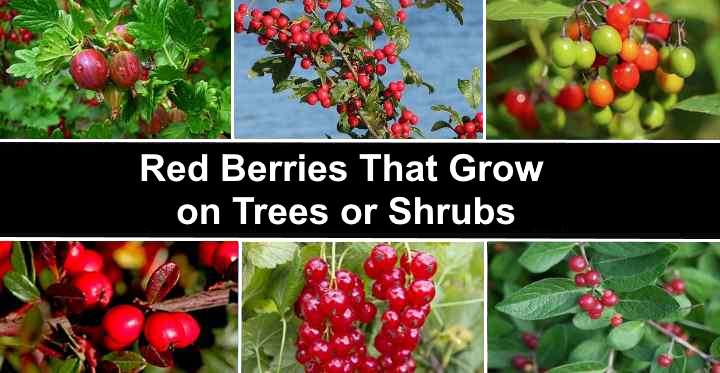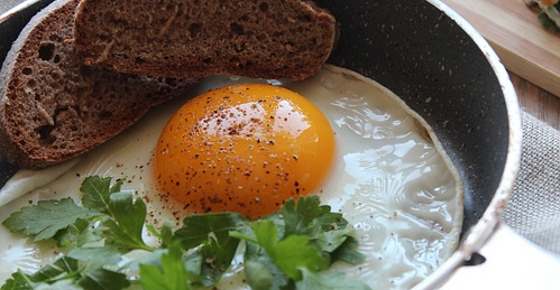14 Coastal Kitchen Backsplash Ideas
In your kitchen, you may think something is missing. As if it simply requires that little something, as if it isn’t cohesive enough, but you aren’t sure what is the missing piece. You’re safe with us! Adding a new backsplash is one of the best ways to refresh your kitchen and give it that fresh … Read more




